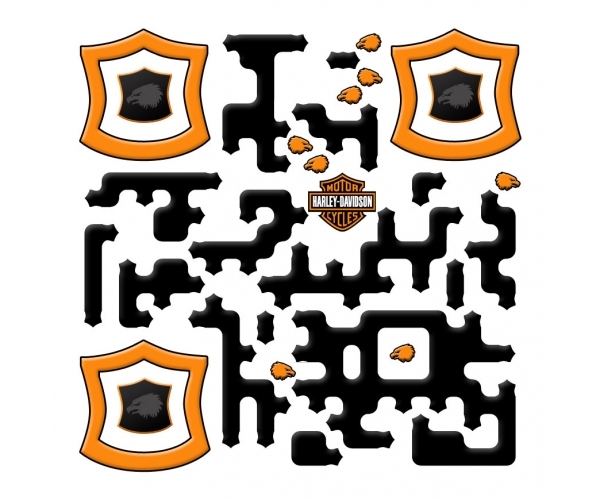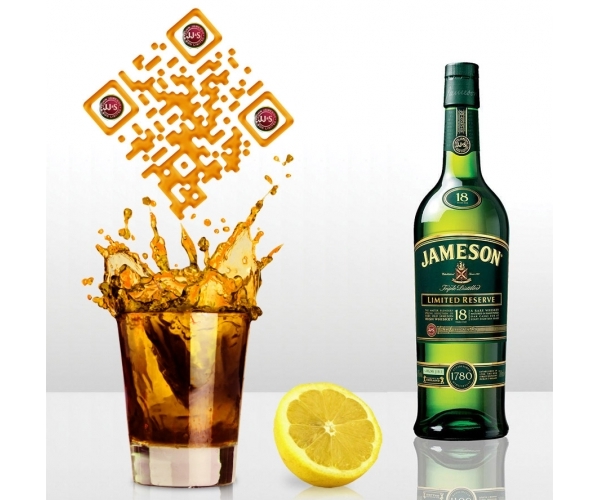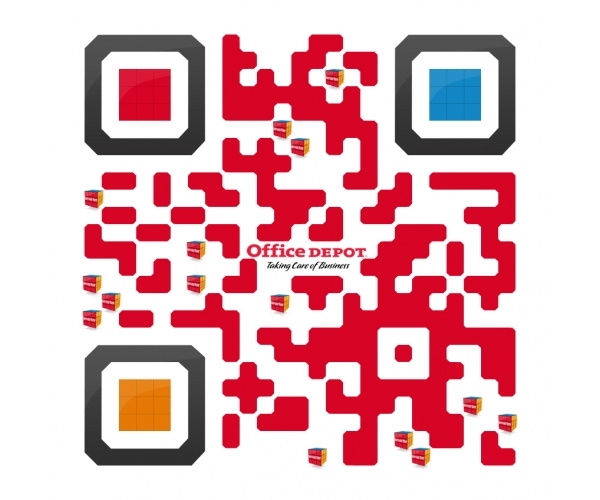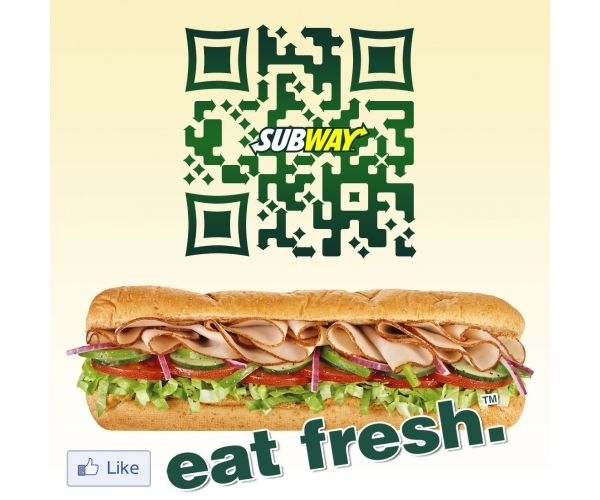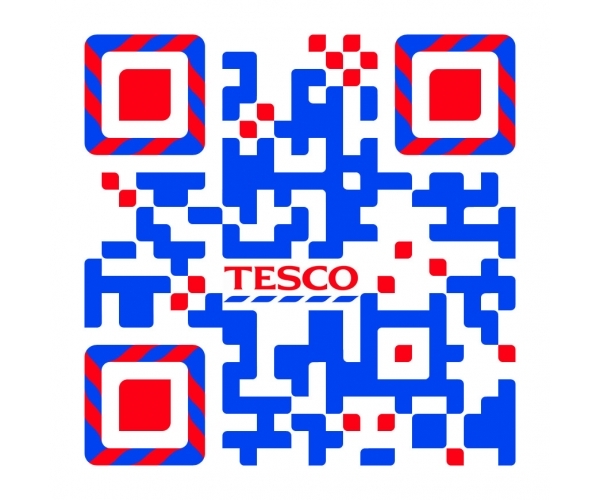Perfumes & Fragrances
![]() We use them everyday before we leave home. Some of us keep a bottle in the car or the office. We buy them frequently based on many factors, some of us use the same perfume for years and years, some others change it when the bottle is over and get a new brand just for a change.
We use them everyday before we leave home. Some of us keep a bottle in the car or the office. We buy them frequently based on many factors, some of us use the same perfume for years and years, some others change it when the bottle is over and get a new brand just for a change.
We all want to smell good when entering the elevator or going to a meeting or spending the day the office. This blog post came to me 2 hours ago after watching Larry Crowne, a movie by Julia Roberts and Tom Hanks, where Mercy (Julia) tells Larry (Tom) he smells good after he took her home on his motorcycle.
The European perfumes retail scene is divided between 3 majors players, 2 French, Marionnaud & Sephora and 1 German, Douglas.
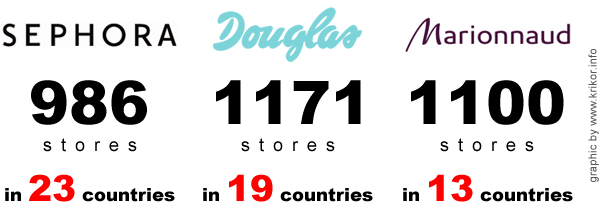
Now the competition between the 3 chains is not the retail sales of perfumes anymore, it is more about offering consumers (mainly female) beauty, make-up, skincare and well-being advices where products under these categories can have higher margins than branded perfumes.
The target is also to develop a differentiated assortment and offering from each other as competitors. For example, Sephora has long understood it with its own brand (private label) and continues to build its reputation on this strategy.
Another type of competition is rising between these perfumes chains and the drugstores, where some drugstores started some time ago offering branded perfumes at discounted prices and sometimes more competitive than the perfumes stores (because of volumes that can manage to sell), in return we have witnessed some perfumes stores offering products that used to sell only in supermarkets and drugstores such as men grooming products, just to have a full assortment and attract customers as one stop shop for their well-being needs.
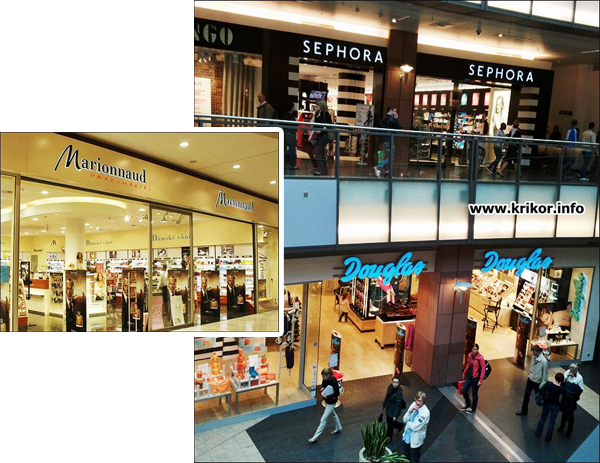


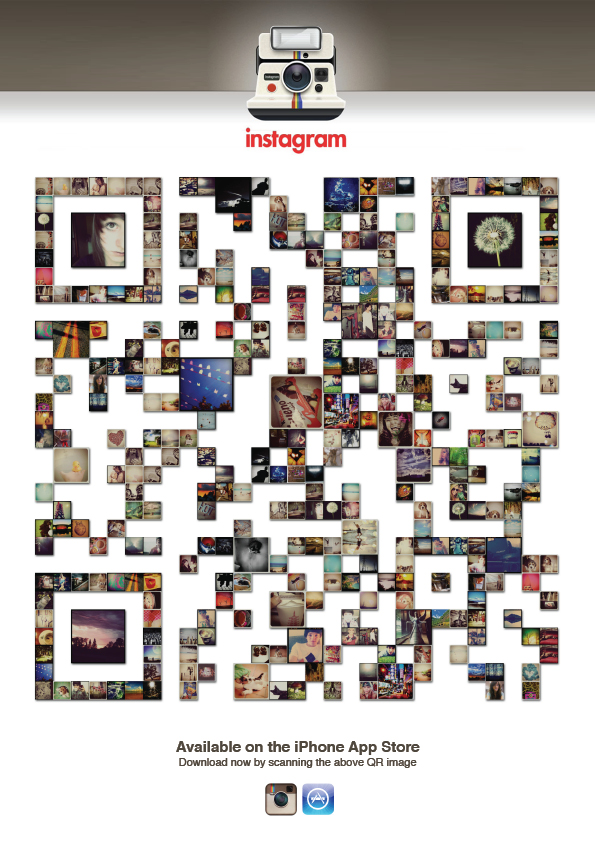
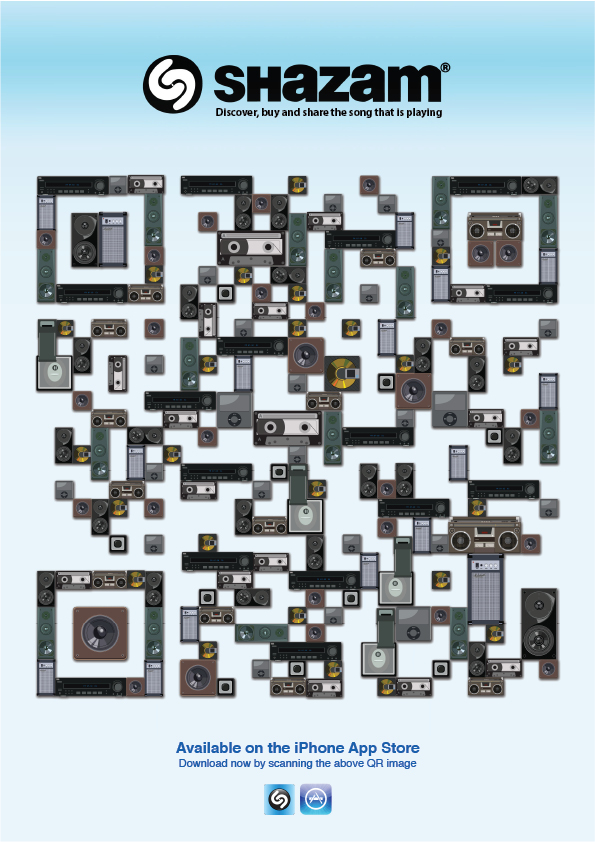

 I have started this blog more than 5 years now and many times I wanted to give up and stop blogging. But I kept on going with lots of ups and down, stopping for some periods then posting heavily.
I have started this blog more than 5 years now and many times I wanted to give up and stop blogging. But I kept on going with lots of ups and down, stopping for some periods then posting heavily.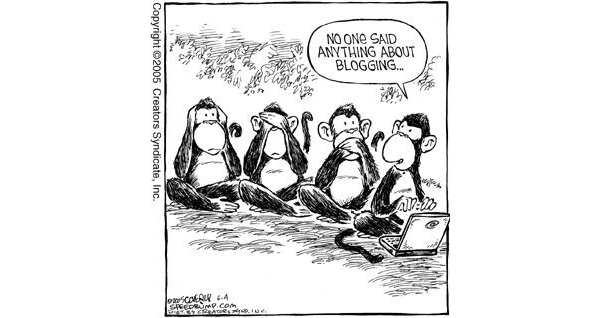
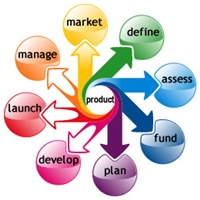 At its Consumer 360 conference in Orlando, Fla., on June 22, New York-based Nielsen unveiled an approach that could greatly improve the chance of a new product’s success. Based on tracking 600 product launches and testing 20,000 initiatives, the approach could raise the chance of succeeding in the marketplace from 10 percent to 75 percent.
At its Consumer 360 conference in Orlando, Fla., on June 22, New York-based Nielsen unveiled an approach that could greatly improve the chance of a new product’s success. Based on tracking 600 product launches and testing 20,000 initiatives, the approach could raise the chance of succeeding in the marketplace from 10 percent to 75 percent.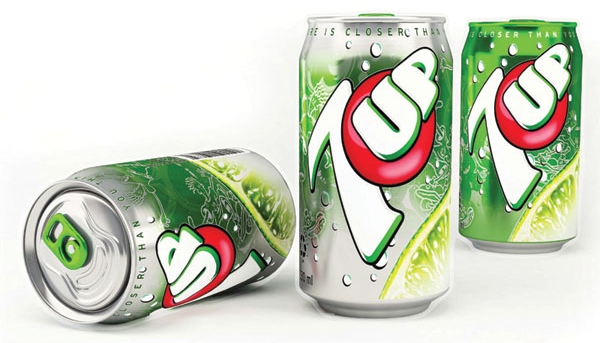
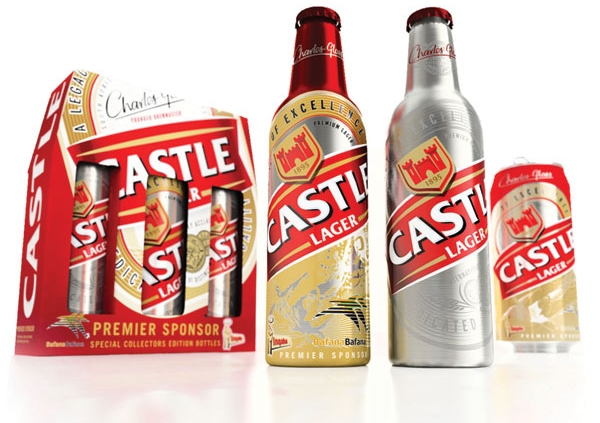
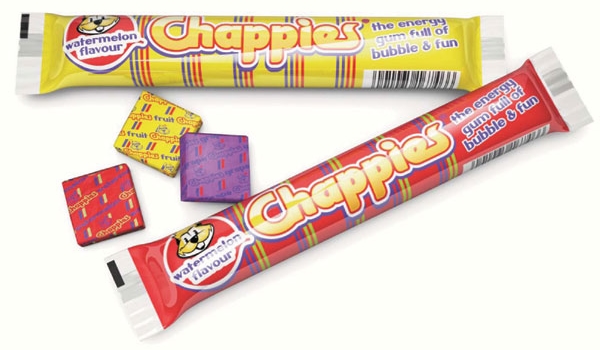
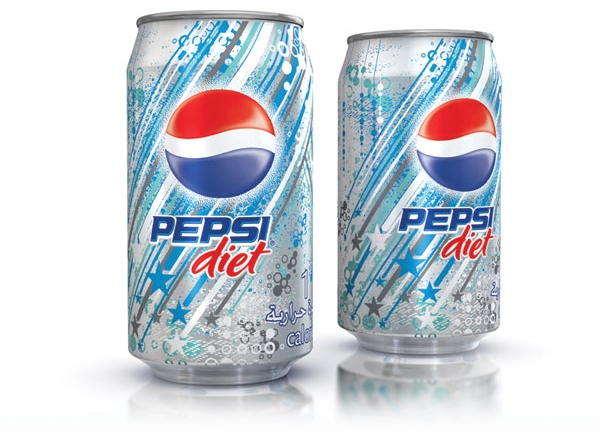

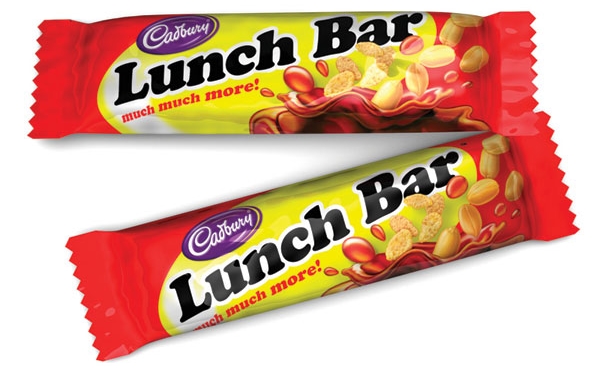
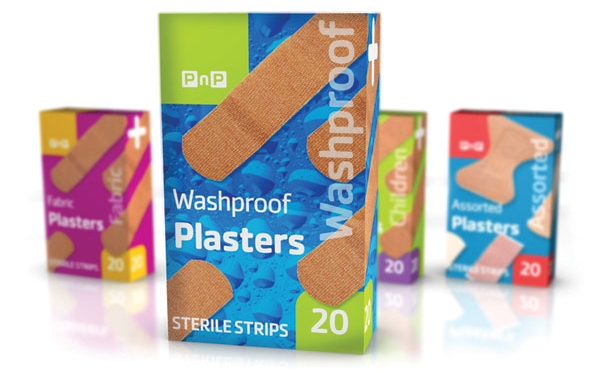
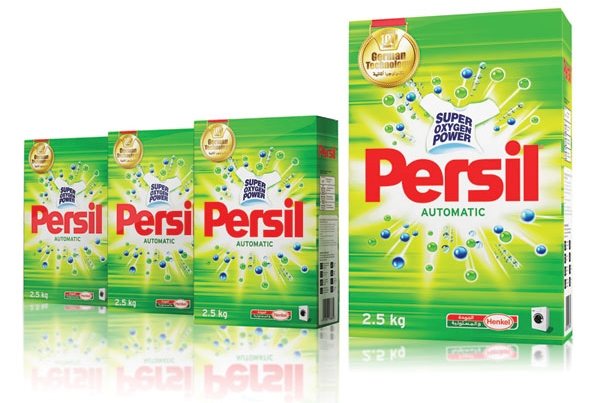
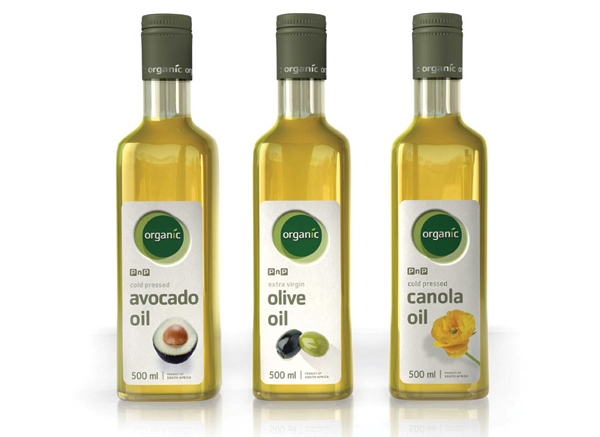
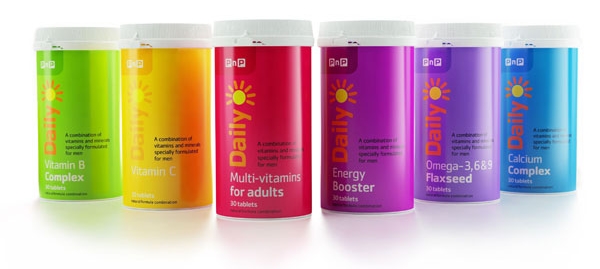
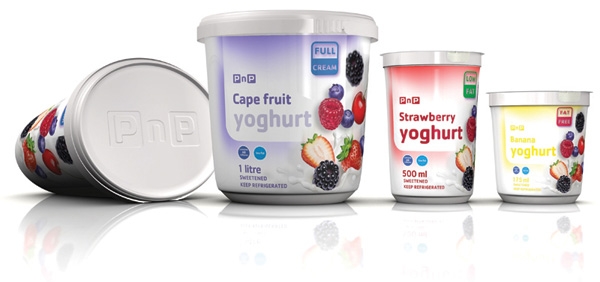

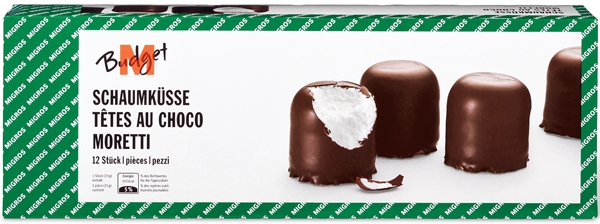
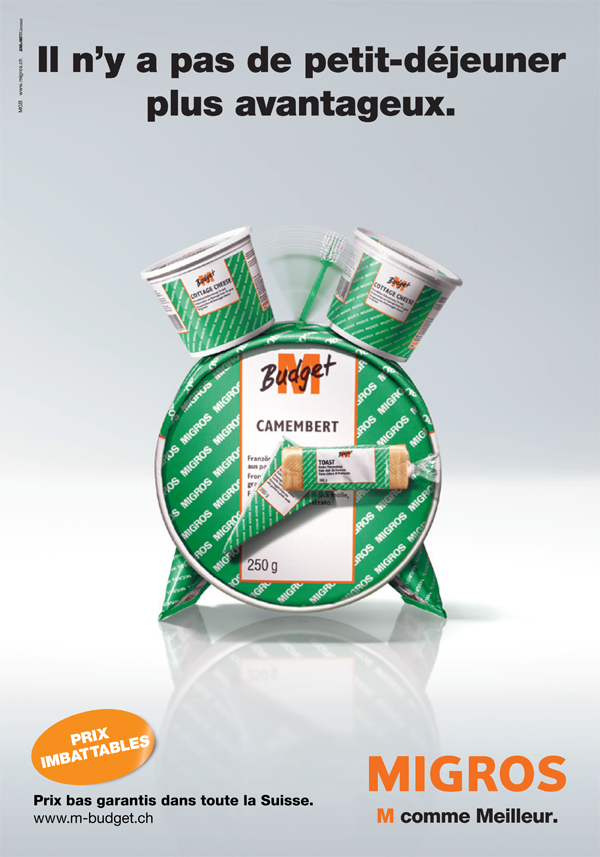
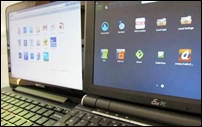 Brad Linder editor of
Brad Linder editor of 


